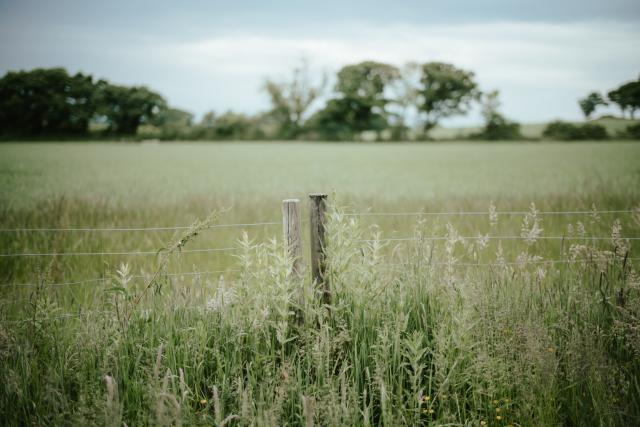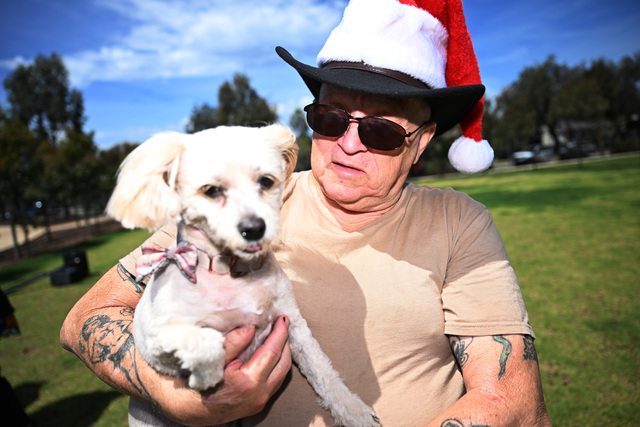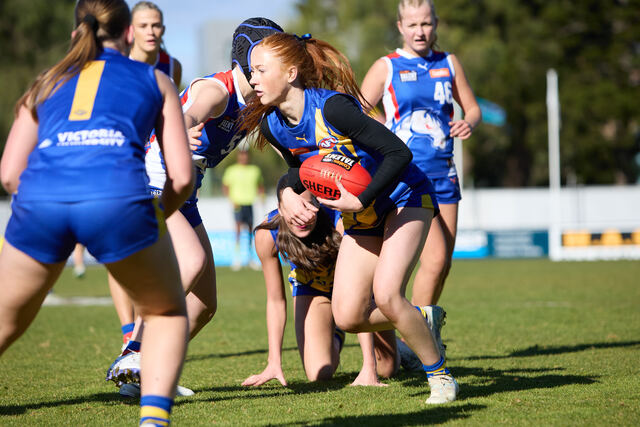Endangered species like the Eastern Barred Bandicoot and the Southern Brush-tailed Rock-Wallaby in Little River will soon be better protected from predators.
Environment and climate action minister Lily D’Ambrosio announced the completion of a new fence at Mt Rothwell Wildlife Sanctuary which provides a safe haven for native wildlife from predators like foxes and cats.
“The newly upgraded fence at Mt Rothwell will play an important role in keeping endangered species like the Eastern Barred Bandicoot safe from predators while they rebuild their population,” she said.
The 12-kilometre fence will protect the sanctuary for the next 40 years and has provided more than 50 hectares of extra space for to help with conservation efforts.
The Mt Rothwell sanctuary is managed by the Odonata Foundation and is one of the largest predator-free ecosystems in the state.
“The completion of this new fence marks an important moment for Odonata as we work towards a fully integrated, Australia-wide sanctuary network that will, alongside Mt Rothwell, provide scale, genetic diversity and threatened species population resilience,” Odonata founder Nigel Sharp said.
The sanctuary is home to many threatened species and holds 80 per cent of Australia’s mainland Eastern Barred Bandicoot population.
The state government said the sanctuary has played a significant role in conservation efforts which led to the Eastern Barred Bandicoot become the first Australian species to be reclassified from ‘Extinct in the Wild’ to ‘Endangered’ last year.
It is also home to the largest Southern Brush-tailed Rock-wallaby population in the state, with more than 150 individuals of the Critically Endangered species part of the sanctuary conservation program.
The state government invested $350,000 towards the fence upgrade, as part of the $62.2 million Bushfire Biodiversity Response and Recovery program.







